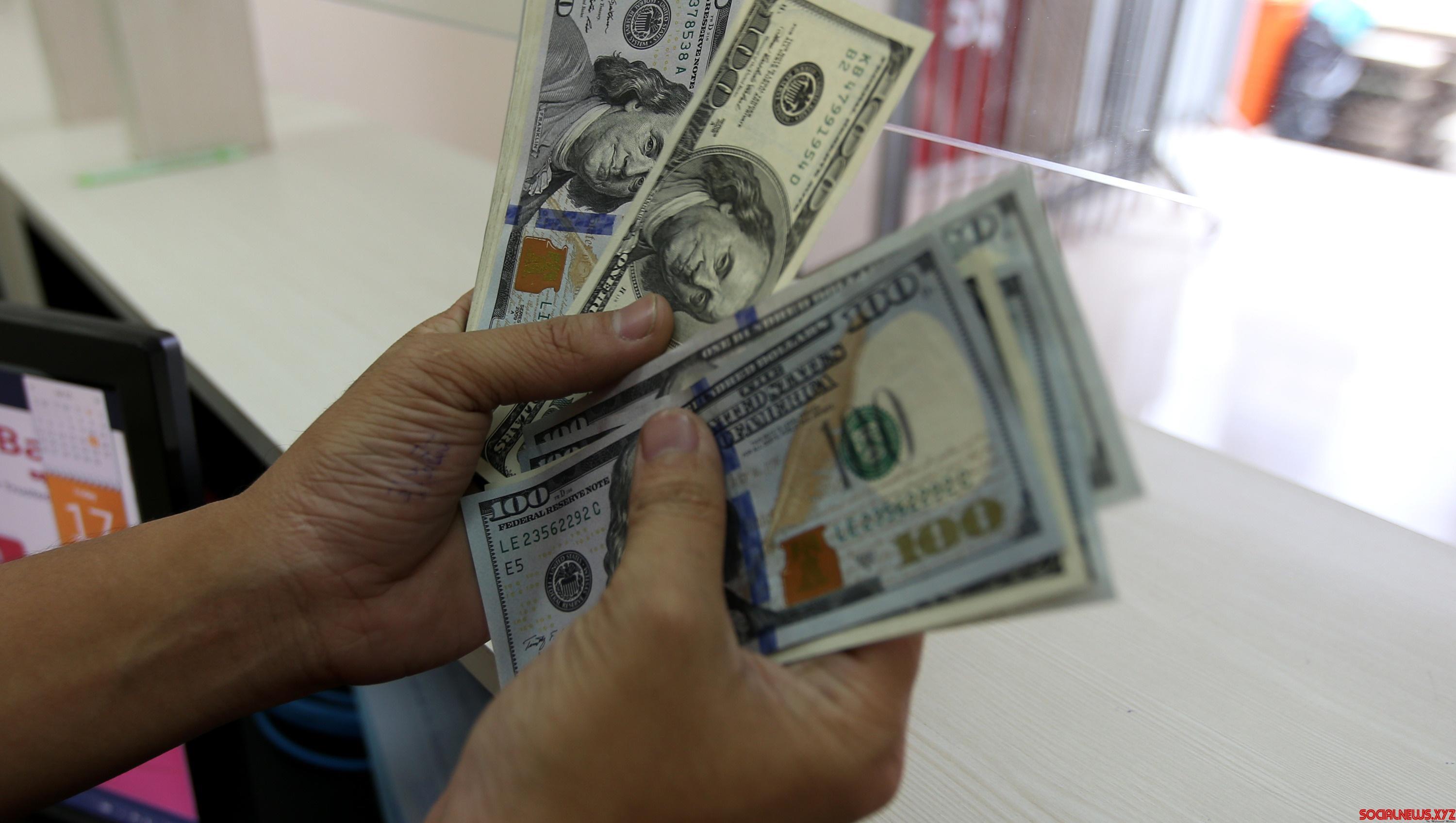A Comprehensive Analysis
Introduction

Image: www.equitypandit.com
The foreign exchange reserves of India play a crucial role in maintaining the country’s economic stability and financial health. These reserves comprise foreign currencies, gold, and other assets held by the Reserve Bank of India (RBI). On January 19, 2018, India’s forex reserves stood at $426.028 billion, a significant milestone for the nation. This article delves into the significance of India’s forex reserves, explores the factors influencing them, and analyzes the latest trends and implications for the economy.
Importance of Forex Reserves
Forex reserves serve several critical functions for India:
- Stability in Exchange Rates: Ample forex reserves help stabilize the value of the Indian rupee against other major currencies, preventing sharp fluctuations that could harm businesses and the economy.
- Import Coverage: India relies on imports for essential commodities like oil, electronics, and raw materials. Forex reserves provide a cushion to pay for these imports, ensuring uninterrupted supply and safeguarding national interests.
- External Debt Repayment: Forex reserves facilitate the timely repayment of external debt obligations, enhancing India’s creditworthiness and reducing exposure to financial risks.
- Confidence and Stability: High forex reserves instill confidence among investors and international creditors, projecting India’s financial resilience and promoting economic growth.
Factors Influencing Forex Reserves
Several factors influence the size and fluctuations of India’s forex reserves:
- Capital Flows: Inflows of foreign direct investment, portfolio investment, and remittances boost forex reserves, while outflows deplete them.
- Trade Balance: A surplus in India’s trade balance leads to an increase in forex reserves, as foreign exchange earnings from exports exceed the value of imports.
- RBI Interventions: The RBI intervenes in the foreign exchange market to stabilize the rupee’s value. Purchases of foreign currencies add to forex reserves, while sales reduce them.
- Government Policies: Government policies, such as foreign exchange regulations and incentives, can influence the inflow and outflow of foreign exchange.
Latest Trends and Developments
Over the past few years, India’s forex reserves have seen a steady increase:
- 2018: Forex reserves crossed the $400 billion mark for the first time, reaching a peak of $426.028 billion on January 19, 2018.
- 2019-2020: The reserves declined slightly due to increased imports and capital outflows.
- 2021: India’s forex reserves reached a record high of $633.513 billion on October 1, 2021, supported by strong capital inflows.

Image: www.gkseries.com
Implications for the Economy
Ample forex reserves have positive implications for the Indian economy:
- Economic Growth: Forex reserves provide a stable foundation for sustained economic growth by supporting stable exchange rates, promoting investments, and mitigating financial risks.
- Financial Stability: High forex reserves enhance India’s resilience against external shocks, such as global financial crises or natural disasters, by providing a buffer to meet unexpected foreign exchange needs.
- Confidence and Ratings: Healthy forex reserves boost investor confidence and improve India’s credit ratings, leading to lower borrowing costs on international loans.
Expert Advice and Tips
Managing forex reserves effectively requires a delicate balance:
- Diversification: India should diversify its forex reserves into different currencies and assets to reduce risks.
- Monitoring and Intervention: The RBI should closely monitor forex markets and intervene cautiously to prevent excessive volatility.
- Long-Term Planning: Forex reserves should be managed with a long-term perspective, considering the potential impact on economic growth and financial stability.
FAQ
Q: What are forex reserves?
A: Forex reserves are foreign currencies, gold, and other assets held by central banks to support their currencies and facilitate international trade.
Q: Why are forex reserves important?
A: Forex reserves provide stability to exchange rates, support import coverage, facilitate external debt repayment, and enhance investor confidence.
Q: What factors influence India’s forex reserves?
A: Factors include capital flows, trade balance, RBI interventions, and government policies.
Q: What are the implications of high forex reserves?
A: Ample forex reserves promote economic growth, financial stability, and investor confidence.
Indias Forex Reserve On Jan 19 2018
Conclusion
India’s forex reserves have grown significantly over the years, providing a strong foundation for the country’s economic stability and financial health. Understanding the importance, factors influencing, and implications of forex reserves is crucial for policymakers, businesses, and the general public. The effective management of these reserves will continue to be a key factor in India’s ongoing economic growth and global competitiveness.
Are you interested in the Forex Reserve of India?






